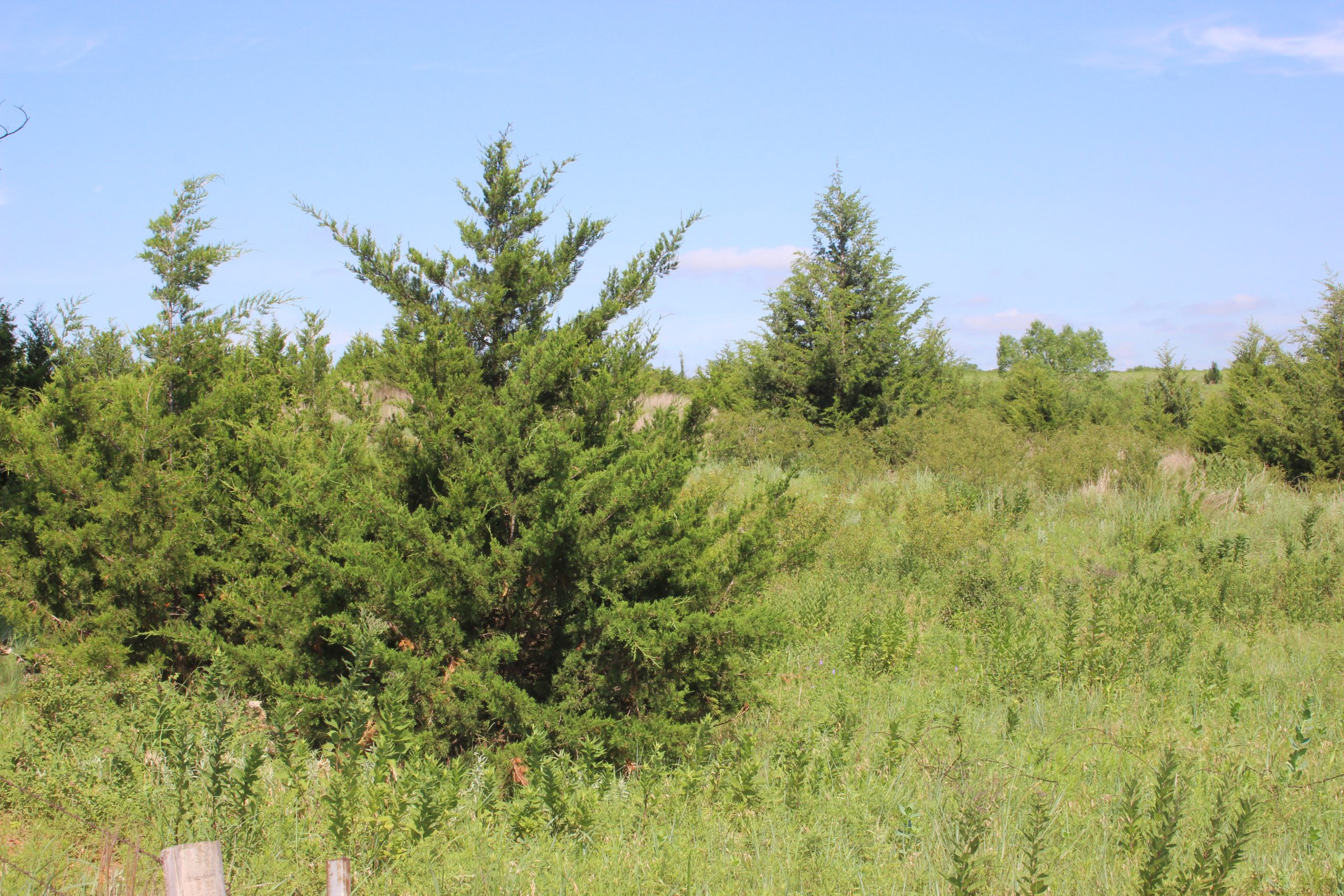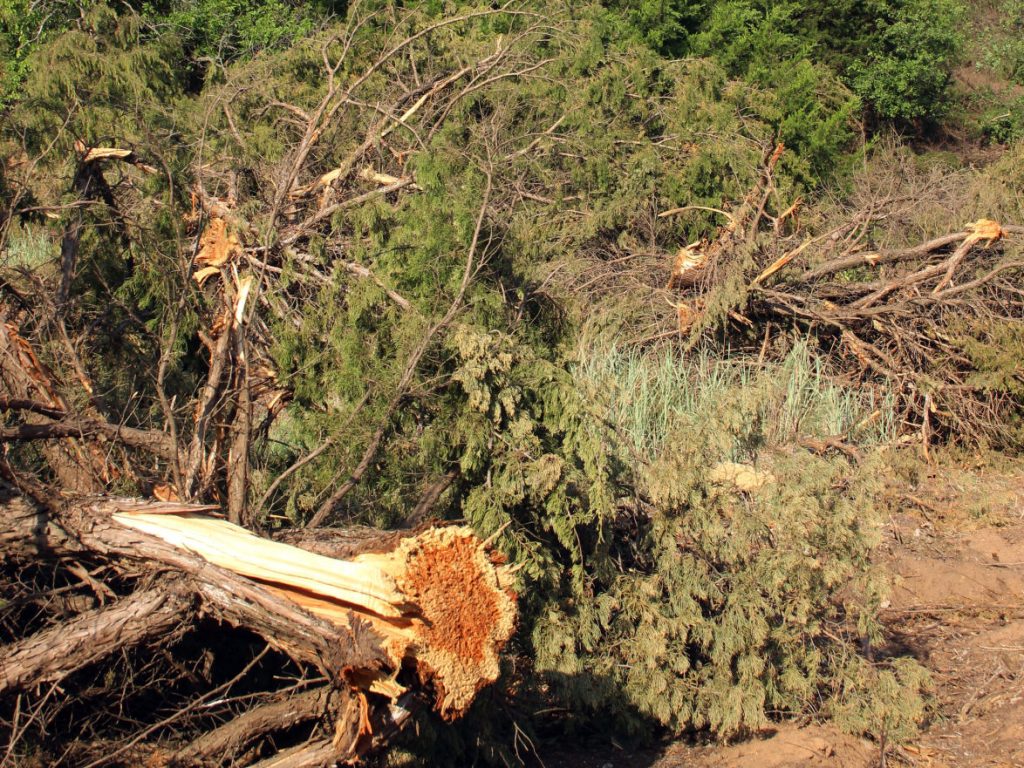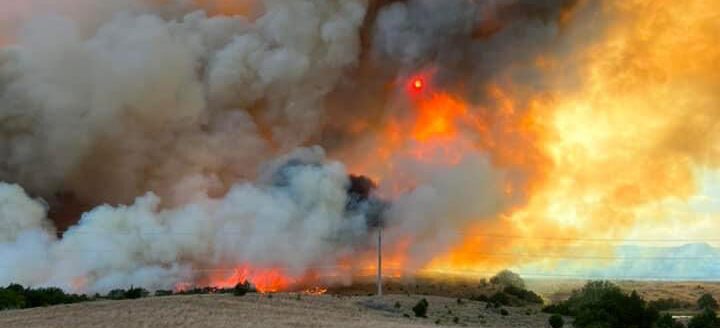Oklahoma introduces legislation to control Eastern red cedar trees

An over-population of Eastern red cedar trees is like a cancer to the rangeland—aggressive, widespread and time-consuming to eradicate. Landowners in the High Plains have fought these encroaching conifers for years, but the removal process is laborious, costly and has slow returns.
Cedar trees can easily take over a prairie and choke out all the grazing lands for livestock, they are harmful to wildlife habitat and most importantly, they pose extreme wildfire risks. Eastern red cedars consume large quantities of water during drought conditions and the significant concentration of oils in their bark turns them into combustible tender boxes in the event of a fire.
In response to these concerns, Oklahoma is bringing new legislation that will assist in eradicating Eastern red cedars from the Oklahoma North Canadian Watershed and hopefully slow the spread of red cedars across the state. House Bill 2239, also known as the Terry Peach North Canadian Watershed Restoration Act, was signed into law on Oct. 27. It was named after former Oklahoma Secretary of Agriculture Terry Peach, who died last year.
The bill was authored by Oklahoma Rep. Mike Dobrinski. It proposes $3.2 million for a pilot program to remove invasive cedar trees, but also doubles as a study for scientists to learn more about the impacts of these trees. Lawmakers believe an additional $1 million in federal funding could be added to the program as it progresses.
“Eastern red cedars and other invasive trees are harming our environment and our economy,” Dobrinski said. “This program will help us determine solutions to protect our water supply, our grazing lands and wildlife habitats, and will help us reduce the risk of wildfires.”
The Oklahoma Conservation Commission will lead the pilot program and will be conducting the study to learn the best methods of controlling these trees that can be used in other parts of the state. The first stage of the proposal will take place over five years and will focus on 5,000 acres of land along the North Canadian Basin, which spans from the Oklahoma Panhandle to Oklahoma City.
The tree removal crews will be using controlled burns to clear the basin of trees. The Conservation Commission will compare the removal area to a similar 5,000-acre area of land with no cedar tree removal to measure the progress of the program and collect data on the changes in the soil, water and plant life when the trees are removed. The second phase of the plan is to purchase equipment for rural fire departments and other agencies to maintain and control brush, which will in-turn reduce risks of wildfires.
“If we spend the money, we have to obviously show taxpayers a return on that investment,” Dobrinski said. “This is probably going to take two to three years to show proof and a visible sign of success. But we absolutely have to continue all because it is statewide. It’s a huge problem.”
Lacey Vilhauer can be reached at 620-227-1871 or [email protected].

Read it again…
Waging war on cedar trees
Nowadays these trees have all but taken over much of the grasslands of the Midwest, southern and western plains. Action needs to be taken to keep pastures from being overrun. READ MORE


